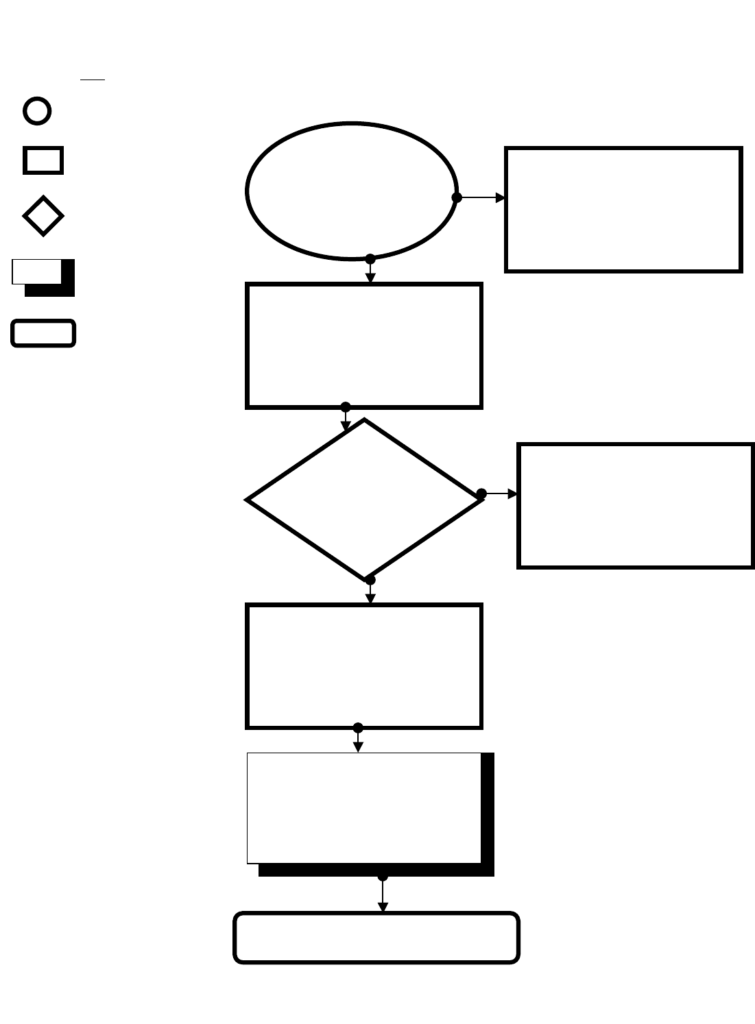Flow charts are visual representations of a process or workflow that help students understand complex concepts in a simple and organized manner. By breaking down information into easy-to-follow steps, flow charts can improve comprehension, retention, and problem-solving skills.
For students, flow charts can be particularly beneficial for subjects like mathematics, science, and computer programming, where logical sequencing and step-by-step procedures are essential for success. By creating flow charts, students can visualize the connections between different concepts and identify gaps in their understanding.
Flow Chart For Students
How to Create a Flow Chart for Students
Creating a flow chart for students is a straightforward process that involves the following steps:
- Identify the topic or process you want to visualize.
- List the steps or components of the process in sequential order.
- Draw shapes or boxes to represent each step, and connect them with arrows to show the flow of the process.
- Add labels or descriptions to each shape to provide additional context.
- Review and revise the flow chart to ensure clarity and accuracy.
There are many online tools and software programs available that can help students create professional-looking flow charts quickly and easily.
Benefits of Using Flow Charts for Students
Flow charts offer several benefits for students, including:
- Improved understanding of complex concepts
- Enhanced problem-solving and critical thinking skills
- Increased organization and clarity in studying
- Visual representation of information for better retention
- Efficient revision and review of study material
Overall, flow charts can be powerful tools for students to streamline their learning process and achieve academic success.
